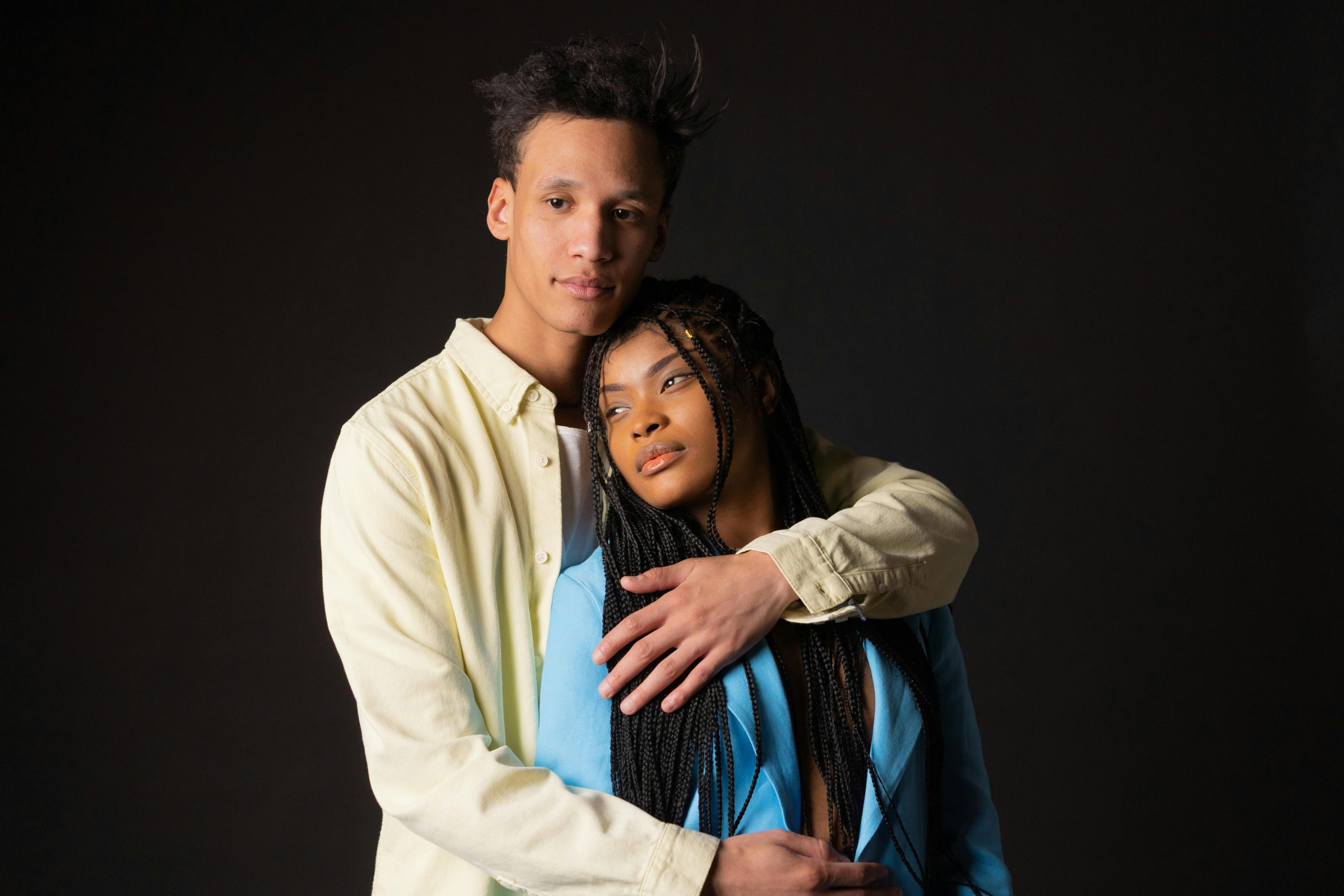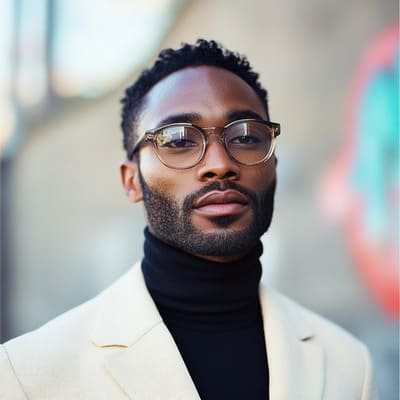Global Fashion Capitals Embrace Diversity
The world of fashion has always been associated with glitz, glamour, and exclusivity. It has been a symbol of high society and has often been criticized for its lack of diversity and representation. However, in recent years, a shift has been seen in the global fashion industry as it embraces diversity and inclusivity. Fashion capitals around the world have started to break the barriers of traditional beauty standards and are welcoming diversity in all its forms. This change is not only evident on the runways but also in the way fashion is being consumed and perceived. Let’s dive deeper into how global fashion capitals are embracing diversity and the impact it has on the industry and society as a whole.
The Rise of Diversity in Fashion Capitals
In the past, the fashion industry has been criticized for its lack of diversity in terms of race, size, age, and gender. However, in recent years, we have seen a significant increase in inclusivity among fashion capitals around the world. From major fashion weeks to print and digital campaigns, diversity now plays a vital role in shaping the fashion industry.
Racial Diversity
Racial diversity has been a longstanding issue in the fashion industry. However, fashion capitals such as New York, London, Milan, and Paris have started to address and tackle this issue head-on. Major fashion weeks now feature a more diverse range of models from different ethnicities, backgrounds, and cultures. Luxury brands like Chanel, Prada, and Gucci have also recently faced backlash for their lack of diversity on the runway, leading them to make a conscious effort to include models from different racial backgrounds.
Body Diversity
The fashion industry has also been criticized for its narrow beauty standards and promoting unrealistic body types. However, in recent years, there has been a significant shift towards body positivity and inclusivity. Major fashion capitals have started to feature models of all sizes on the runways, and brands have started to include diverse body types in their campaigns. This move has positively impacted society, promoting body acceptance and challenging the traditional beauty standards set by the fashion industry.
Age Diversity
In fashion, youth has always been associated with beauty and desirability. However, global fashion capitals have started to embrace models of all ages, challenging the ageist norms set by the industry. Brands like Dior, Calvin Klein, and Saint Laurent have featured older models in their campaigns, representing a more diverse and inclusive idea of beauty.
Gender Diversity
The fashion industry has also been criticized for its lack of representation of the LGBTQ+ community. However, fashion capitals like New York and London have made significant strides in promoting gender diversity on the runway. Brands like Marc Jacobs, Burberry, and Alexander McQueen have featured transgender and non-binary models in their shows, breaking the barriers of traditional gender norms set by the industry.
The Impact of Embracing Diversity in Fashion
The fashion industry’s move towards diversity and inclusivity has had a significant impact on the industry and society as a whole. By embracing diverse models and promoting inclusivity, the fashion industry is setting a more inclusive and accepting societal standard. This move has also increased the demand for more representation and diversity in the fashion industry, leading to a much-needed change in the beauty standards set by the industry.
Furthermore, embracing diversity has also been financially beneficial for fashion brands. It has been proven that consumers are more likely to support and buy from brands that promote diversity and inclusivity. The rise of social media has also played a significant role in this shift, as consumers can now voice their opinions and support brands that align with their values.
The Future of Diversity in Fashion
While the fashion industry has made significant progress in terms of diversity and inclusivity, there is still a long way to go. However, with the rise of the internet and social media, consumers are demanding more diversity and representation from fashion brands. This has led to major fashion labels and brands investing in diversity and inclusivity initiatives, setting an example for the rest of the industry to follow.
In conclusion, the fashion industry’s move towards diversity and inclusivity is a step in the right direction. By embracing diversity, fashion capitals are setting a more inclusive and accepting societal standard and challenging traditional beauty standards. This change will not only have a positive impact on the fashion industry but also on society and its perception of beauty and diversity.









